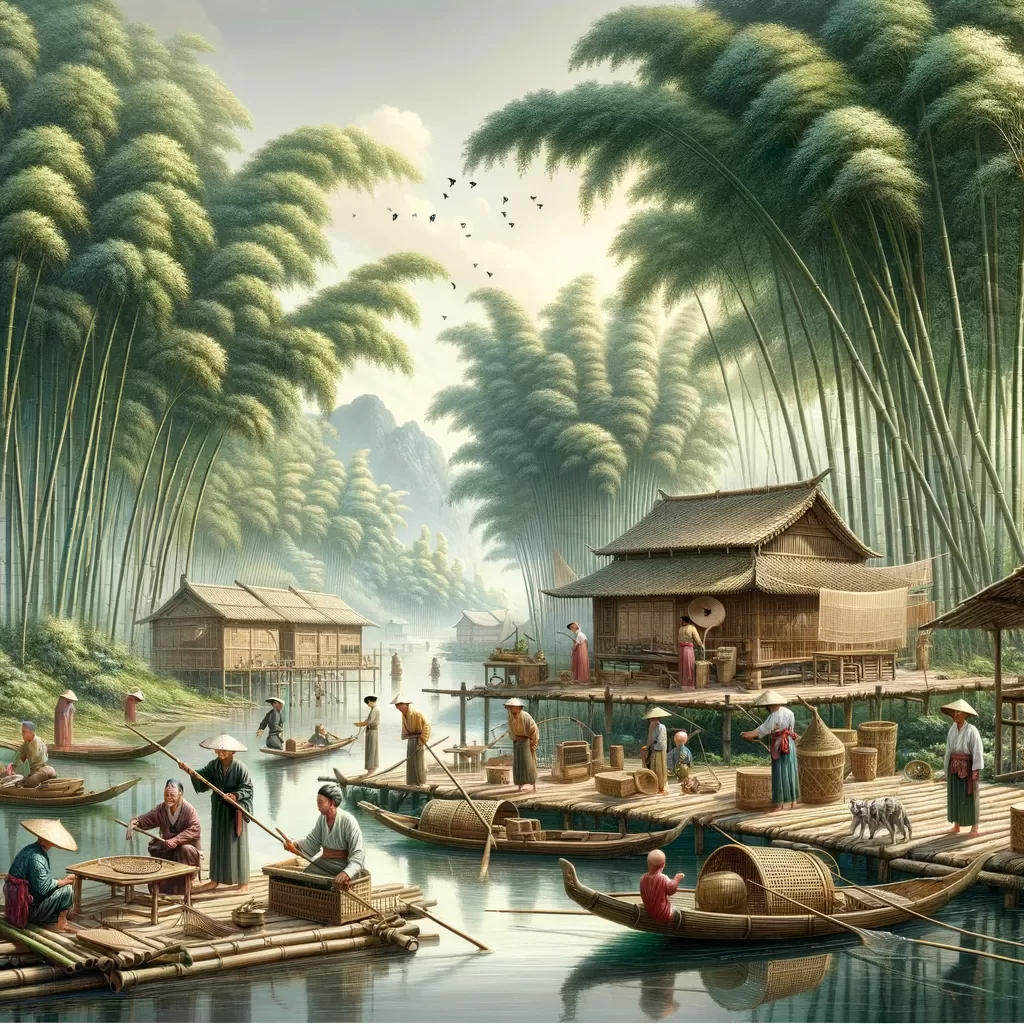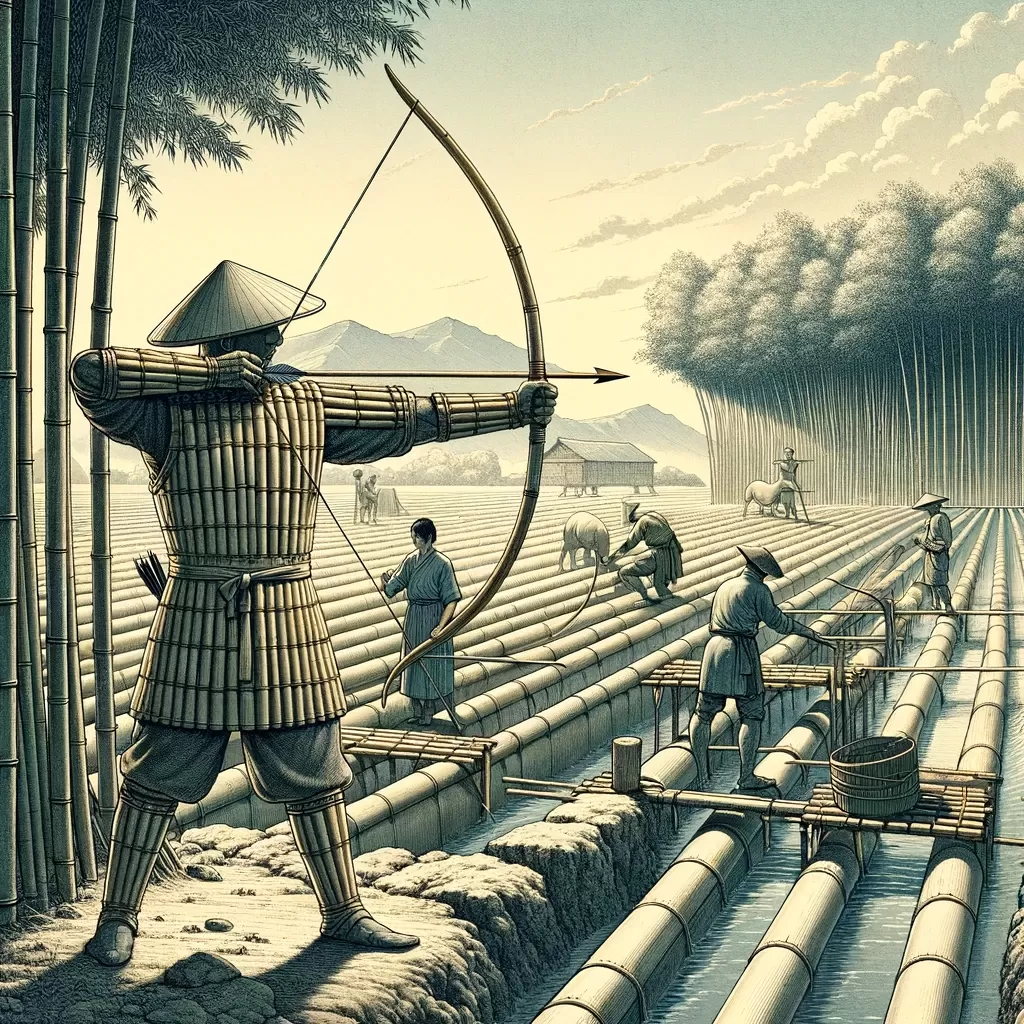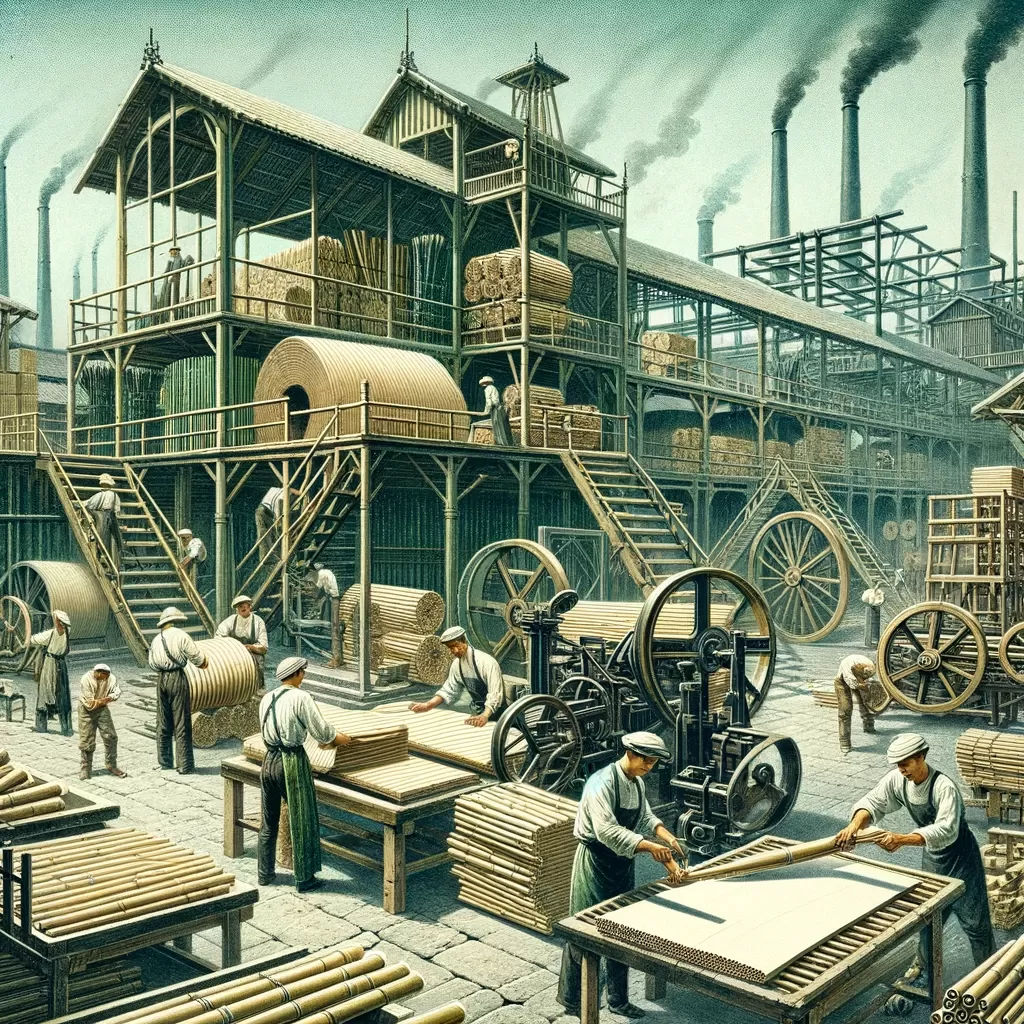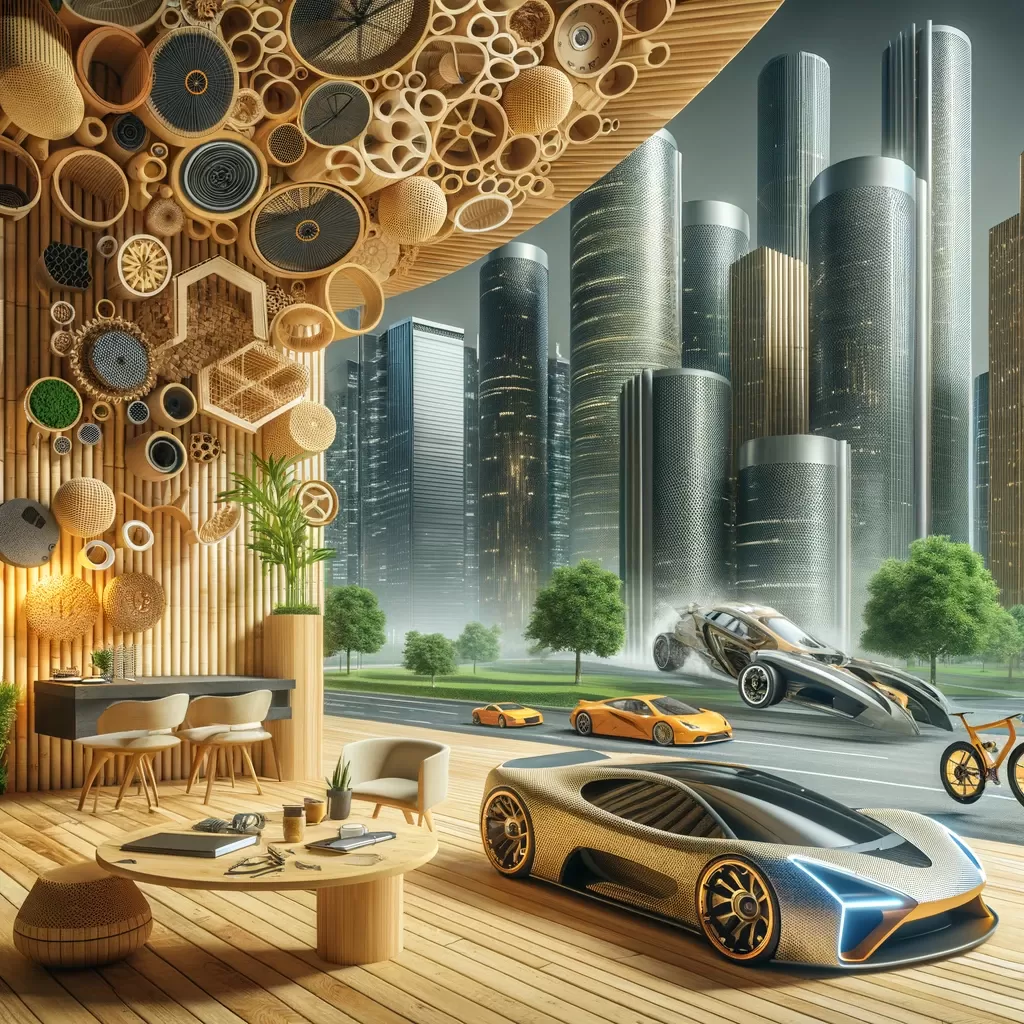The Rich History and Cultural Significance of
Bamboo
The Rich History and Cultural Significance of Bamboo
Bamboo, with its captivating blend of historical and cultural significance, stands as a symbol of enduring ingenuity and unwavering dedication to sustainability. Woven into the tapestry of human civilization, this remarkable plant has played a pivotal role across cultures and industries for centuries. This comprehensive exploration delves into the rich tapestry of bamboo, highlighting its significance in ancient traditions, modern innovations, and the contemporary world.
Origins and History:
The earliest evidence of bamboo usage dates back to the Stone Age, around 200,000 BC. Archaeological excavations in China reveal that bamboo was used for construction, flooring, and furniture, demonstrating its early integration into human settlements. The ancient Egyptians, Greeks, and Romans also recognized and utilized bamboo extensively.
Cultural Significance:
Bamboo holds deep cultural and religious connotations in various civilizations. In Chinese folklore, the bamboo forest is considered a sacred place where humans can find peace and rejuvenation. In Vietnamese culture, bamboo is revered as "nhà anh," symbolizing purity, fertility, and longevity. The bamboo spirit, known as "Lam," plays a significant role in Vietnamese mythology, representing creativity and harmony.
Traditional Construction:
Bamboo has been an integral part of traditional construction techniques for centuries. Its exceptional strength and flexibility made it ideal for constructing houses, bridges, and other structures. The bamboo poles were coated with resins and adhesives to enhance durability and longevity. Traditional methods, such as "khoj" in India and "pennath" in Sri Lanka, utilized bamboo to build dwellings that could withstand natural disasters.
Modern Innovations:
The versatility of bamboo extends beyond traditional construction. Modern engineering marvels, such as bridges and skyscrapers, are often constructed using this sustainable material. Bamboo composites and fibers are increasingly used in various applications, offering lightweight yet strong alternatives to traditional materials like steel and concrete.
Sustainability and Eco-friendliness:
Bamboo possesses exceptional properties that make it an ideal sustainable resource. Its fast growth cycle and ability to grow in polluted areas make it an efficient and renewable source. Moreover, its rapid regeneration makes it a carbon sink, absorbing and sequestering vast amounts of carbon dioxide from the atmosphere.
Conclusion:
The rich history and cultural significance of bamboo are a testament to its enduring impact on human civilization. From ancient construction techniques to modern eco-friendly innovations, this versatile material continues to shape our world. The enduring cultural and historical importance of bamboo reminds us of the interconnectedness of humans and nature, and the importance of preserving and respecting this precious resource for future generations.
The Evolution of Bamboo Usage Throughout History

ANCIENT ORIGINS
- Bamboo has been an integral part of life in many Asian cultures for millennia, used in building structures, crafting everyday tools, and even in medicine.
- Traditional practices included the creation of bamboo homes, fishing rods, musical instruments, and intricate art pieces.

CLASSICAL AGE
- During this era, bamboo was also recognized for its strength and flexibility, leading to its use in weaponry such as bows and arrows, and as reinforcement in armor.
- Bamboo’s role in agriculture emerged, with its use in irrigation systems and as plant supports

INDUSTRIAL REVOLUTION
- The versatility of bamboo saw a surge in demand for its use in paper manufacturing, as a sustainable alternative to wood pulp.
- It became widely used in creating robust yet lightweight furniture, contributing to the period’s innovative design movements

MODERN INNOVATIONS
- In the contemporary era, bamboo is at the forefront of sustainable architecture, with engineered bamboo materials replacing traditional wood and steel.
- Breakthroughs in bamboo composites have led to its use in high-performance sporting goods and automotive parts

FUTURE POSSIBILITIES
- The potential of bamboo is being explored in technology sectors, including its use in biodegradable plastics and as a renewable energy source.
- Research into genetic modification of bamboo could lead to faster-growing species, enhancing its role in carbon sequestration and combating climate change.